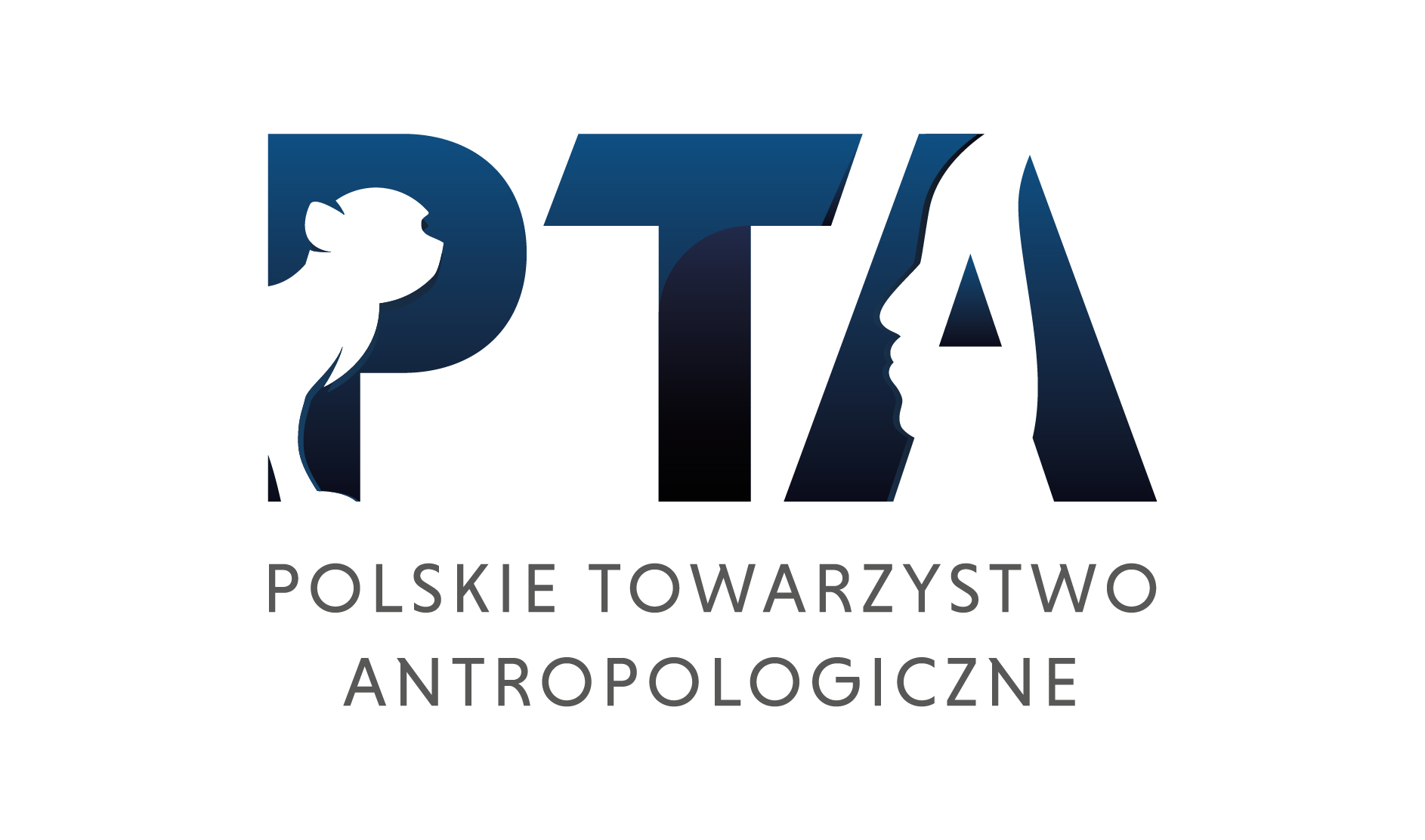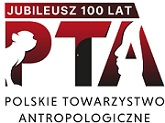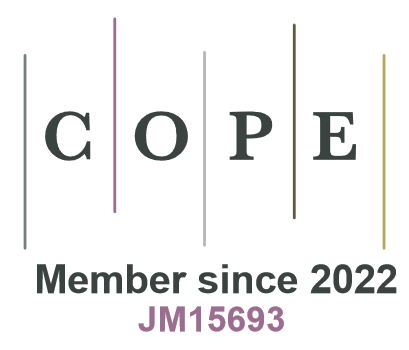If ageing is a disease, then life is also a disease
DOI:
https://doi.org/10.2478/anre-2020-0017Keywords:
ageing, disease, health, homeostasis, medical terminology, nosology, senescenceAbstract
Ageing is distinct from a disease. Sound arguments have been adduced to explain that senescence cannot be understood as a pathological process. Nevertheless, this distinction is believed to be artificial (Holliday 1995), and other eminent researchers argue that the senescence-pathology dichotomy is also misleading. Recently, it has been suggested that ageing should be classified as a complex pathological syndrome or a ‘pre-disease’ that is treatable. Proponents of this new paradigm argue that: (i) modern evolutionary theory predicts that ‘although organismal senescence is not an adaptation, it is genetically programmed’, (ii) ‘insofar as it is genetically determined, organismal senescence is a form of genetic disease’ (Janac et al. 2017) and (iii) ‘ageing is something very much like a genetic disease: it is a set of pathologies resulting from the action of pleiotropic gene mutations’ (Gems 2015). Also new generations of researchers, free of these traditional shackles, come with the belief that it is time to classify ageing as a disease, as the distinction between normal dysfunction and abnormal dysfunction is not completely clear and should be abandoned. Although they marshal their arguments in a convincing manner, persuasive counterarguments can be mounted. Here, the senescence-pathology dichotomy is critically discussed. A deeper analysis of this subject reveals the underlying problem of undefined terminology in science.
Downloads
References
Arking R. 2019. Biology of longevity and aging. Pathways and prospects. 4th ed. New York: Oxford University Press.
View in Google Scholar
Austad SN. 2009. Methusaleh’s Zoo: How nature provides us with clues for extending human health span. J Comp Pathol 142 Suppl. 1:S10–21.
View in Google Scholar
Barbosa MC, Grosso RA, Fader CM. 2019. Hallmarks of aging: an autophagic perspective. Front Endocrinol 9:790.
View in Google Scholar
Bergamini E, Cavallini G, Donati A, Gori Z. 2007. The role of autophagy in aging: its essential part in the anti-aging mechanism of caloric restriction. Ann NY Acad-Sci 1114:69–78.
View in Google Scholar
Blagosklonny MV. 2006. Aging and immortality: quasi-programmed senescence and its pharmacologic inhibition. Cell Cycle 5:2087–102.
View in Google Scholar
Blagosklonny MV. 2018. Disease or not, aging is easily treatable. Aging 10:3067–78.
View in Google Scholar
Bocklandt S, Lin W, Sehl ME, Sanchez FJ, Sinsheimer JS, Horvath S, Vilain E. 2011. Epigenetic predictor of age. PLoS ONE 6:e14821.
View in Google Scholar
BonsallMB. 2006. Longevity and ageing: appraising the evolutionary consequences of growing old. Philos Trans R SocLond B BiolSci 361:119–35.
View in Google Scholar
Bulterijs S, Hull RS, Björk VC, Roy AG. 2015. It is time to classify biological aging as a disease. Front Genet 6:205.
View in Google Scholar
Carnes BA, Staats DO, Sonntag WE. 2008. Does senescence give rise to disease? Mech Ageing Dev 129:693–9.
View in Google Scholar
Carnes BA, Olshansky SJ, Hayflick L. 2013. Can human biology allow most of us to become centenarians? J Gerontol A BiolS-ci Med Sci 68:136–42.
View in Google Scholar
Chmielewski P. 2017. Rethinking modern theories of ageing and their classification: the proximate mechanisms and the ultimate explanations. Anthropol Rev 80:259–72.
View in Google Scholar
Chmielewski P. 2018. Leukocyte count, systemic inflammation, and health status in older adults: a narrative review. Anthropol Rev 81:81–101.
View in Google Scholar
Chmielewski PP. 2019. Human ageing, longevity and evolution: can ageing be programmed? Anthropol Rev 82:417–33.
View in Google Scholar
Chmielewski PP. 2020a. The dynamic nature of ageing: novel findings, therapeutic avenues and medical interventions. Anthropol Rev 83:75–92.
View in Google Scholar
Chmielewski PP. 2020b. Human ageing as a dynamic, emergent and malleable process: from disease-oriented to health-oriented approaches. Biogerontology 21:125–30.
View in Google Scholar
Cohen AA. 2016. Complex systems dynamics in aging: new evidence, continuing questions. Biogerontology 17:205–20.
View in Google Scholar
Declerck K, VandenBerghe W. 2018. Back to the future: Epigenetic clock plasticity towards healthy aging. Mech Ageing Dev 174:18–29.
View in Google Scholar
Dilman VM. 1988. Four models of medicine: Mechanisms of aging and conditions promoting cancer development. Ann N Y Acad. Sci 521: 226–7.
View in Google Scholar
Faragher RGA. 2015. Should we treat aging as a disease? The consequences and dangers of miscategorisation. Front Genet 6:171.
View in Google Scholar
Gavrilov LA, Gavrilova NS. 2017. Is aging a disease? Biodemographers’ point of view. AdvGerontol 30:841–2.
View in Google Scholar
Gems D. 2015. The aging-disease false dichotomy: understanding senescence as pathology. Front Genet 6:212.
View in Google Scholar
Gladyshev TV, Gladyshev VN. 2016. A disease or not a disease? Aging as a pathology. Trends Mol Med 22: 995–6.
View in Google Scholar
Gómez-Linton DR, Alavez S, Alarcón-Aguilar A, López-Diazguerrero NE, Konigsberg M, Pérez-Flores LJ. 2019. Some naturally occurring compounds that increase longevity and stress resistance in model organisms of aging. Biogerontology 20:583–603.
View in Google Scholar
Guan JL, Simon AK, Prescott M, Menendez JA, Liu F, Wang F, Wang C, Wolvetang E, Vazquez-Martin A, Zhang J. 2013. Autophagy in stem cells. Autophagy 9:830–49.
View in Google Scholar
Gurău F, Baldoni S, Prattichizzo F, Espinosa E, Amenta F, Procopio AD, Albertini MC, Bonafè M, Olivieri F. 2018. Anti-senescence compounds: A potential nutraceutical approach to healthy aging. Ageing Res Rev 46:14–31.
View in Google Scholar
Hayflick L. 2003. Living forever and dying in the attempt. Exp Gerontol 38:1231–41.
View in Google Scholar
Hayflick L. 2004. “Anti-aging” is an oxymoron. J Gerontol A BiolSci Med Sci 59:B573–8.
View in Google Scholar
Hayflick L. 2007. Entropy explains aging, genetic determinism explains longevity, and undefined terminology explains misunderstanding both. PLoS Genet 3:e220.
View in Google Scholar
Hayflick L. 2016. Unlike the stochastic events that determine ageing, sex determines longevity. In: SIS Rattan, L Hayflick, editors. Cellular Ageing and Replicative Senescence. Berlin: Springer. 347–62.
View in Google Scholar
Holliday R. 1995. Understanding ageing. Cambridge: Cambridge University Press. 138
View in Google Scholar
Holliday R. 2009. The extreme arrogance of anti-aging medicine. Biogerontology 10:223–8.
View in Google Scholar
Izaks GJ, Westendorp R. 2003. Ill or just old? Towards a conceptual framework of the relation between ageing and disease. BMC Geriatr 3:7.
View in Google Scholar
Janac S, Clarke B, Gems D. 2017. Aging: Natural or disease? A view from medical textbooks. In: AM Vaiserman, editor. Anti-aging drugs: From basic research to clinical practice. London: The Royal Society of Chemistry. 11–34.
View in Google Scholar
Kaczmarek M, Szwed A. 1997. A review of anthropological approaches to ageing. Przegląd Antropologiczny 60:35–46.
View in Google Scholar
Kaczmarek M, Wolański N. 2018. Rozwój biologiczny człowieka od poczęcia do śmierci. Warszawa: Wydawnictwo Naukowe PWN.
View in Google Scholar
Kirkwood TBL. 2005. Understanding the odd science of aging. Cell 120:437–47.
View in Google Scholar
Kirkwood TBL. 2011. Systems biology of ageing and longevity. Phil Trans R Soc B 366:64–70.
View in Google Scholar
Kirkwood TBL, Holliday R. 1986. Ageing as a consequence of natural selection. In: KJ Collins, AH Bittles, editors. The Biology of Human Ageing. Cambridge: Cambridge University Press. 1–16.
View in Google Scholar
Kowald A, Kirkwood TBL. 2016. Can aging be programmed? A critical literature review. Aging Cell 15:986–98.
View in Google Scholar
Kumar G, Mittal S, Sak K, Tuli HS. 2016. Molecular mechanisms underlying chemo-preventive potential of curcumin: current challenges and future perspectives. Life Sci 148:313–28.
View in Google Scholar
Lenart P, Bienertová-Vašků J. 2017. Keeping up with the Red Queen: the pace of aging as an adaptation. Biogerontology 18:693–709.
View in Google Scholar
Lenart P, Bienertová-Vašků J, Berec, L. 2018. Evolution favours aging in populations with assortative mating and in sexually dimorphic populations. Sci Rep 8:1–11.
View in Google Scholar
López-Otín C, Blasco MA, Partridge L, Serra-no M, Kroemer G. 2013. The hallmarks of aging. Cell 153:1194–217.
View in Google Scholar
Lorin S, Hamaï A, Mehrpour M, Codogno P. 2013. Autophagy regulation and its role in cancer. Semin Cancer Biol 23:361–79.
View in Google Scholar
Pan H, Cai N, Li M, Liu G-H, Belmonte JCI. 2013. Autophagic control of cell ‘stemness’. EMBO Mol Med 5:327–31.
View in Google Scholar
Rattan SIS. 2014. Aging is not a disease: implications for intervention. Aging Dis 5:196–202.
View in Google Scholar
Rattan SIS. 2016. If aging is a disease, then it is your own fault. J Aging Sci 4:2.
View in Google Scholar
Rattan SIS. 2018. Biogerontology: research status, challenges and opportunities. Acta Biomed 89:291–301.
View in Google Scholar
Rattan SIS. 2019. Naive extrapolations, overhyped claims and empty promises in ageing research and interventions need avoidance. Biogerontology, accepted manuscript available at https://link.springer.com/article/10.1007%2Fs10522-019-09851-0
View in Google Scholar
Rodier F, Campisi J. 2011. Four faces of cellular senescence. J Cell Biol 192:547–56.
View in Google Scholar
Sikora E, Bielak-Zmijewska A, Mosieniak G, Piwocka K. 2010. The promise of slow down ageing may come from curcumin. Curr Pharm 16:884–92.
View in Google Scholar
Sikora E, Bielak-Zmijewska A, Mosieniak G. 2018. What is and what is not cell senescence. PostępyBiochemii 64:110–8.
View in Google Scholar
Stallone G, Infante B, Prisciandaro C, Grandaliano G.2019. mTOR and Aging: an old-fashioned dress. Int J MolSci 20:2774.
View in Google Scholar
Stambler I. 2015. Has aging ever been considered healthy? Front Genet 6:202.
View in Google Scholar
Stambler I. 2017. Recognizing degenerative aging as a treatable medical condition: methodology and policy. AgingDis 8:583–9.
View in Google Scholar
Strzelec B, Stuła M, Chmielewski P, Taboła R. 2018. Profilaktyka i leczenie raka żołądka – aktualny problem interdyscyplinarny. Pielęgniarstwo Polskie 68:188–95.
View in Google Scholar
Wilken R, Veena MS, Wang MB, Srivatsan ES. 2011. Curcumin: A review of anti-cancer properties and therapeutic activity in head and neck squamous cell carcinoma. Mol Cancer 10:12.
View in Google Scholar
Zhao B, Luo J, Yu T, Zhou L, Lv H, Shang P. 2020. Anticancer mechanisms of metformin: A review of the current evidence. Life Sci 117717.
View in Google Scholar
Downloads
Published
How to Cite
Issue
Section
License

This work is licensed under a Creative Commons Attribution-NonCommercial-NoDerivatives 4.0 International License.








